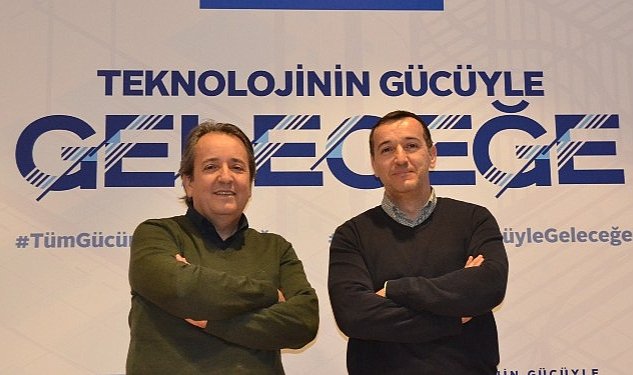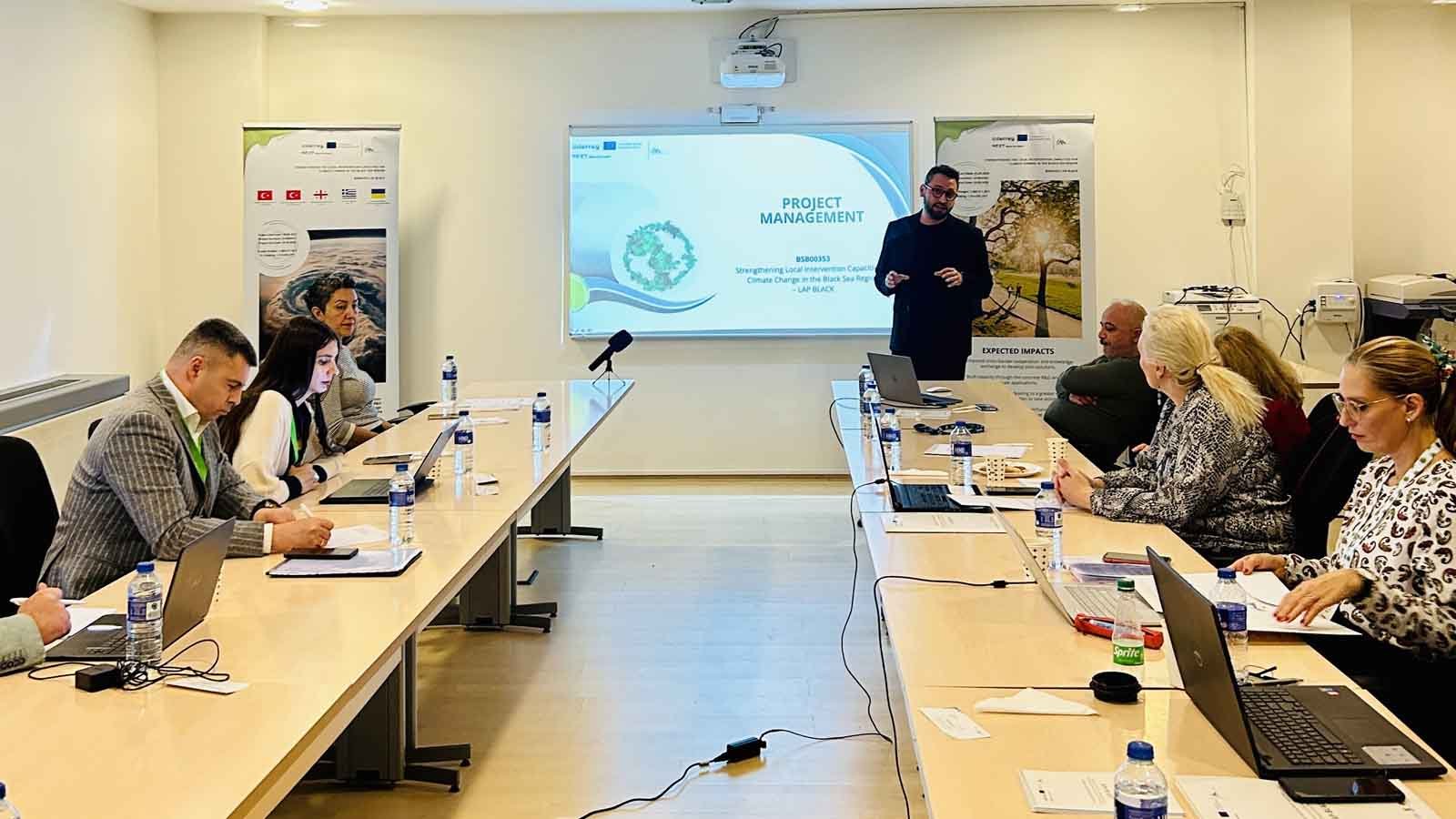Sabancı University has started its 2023 program for the “Technology for the Future” webinar series, which is organized for the third time this year. In the first seminar of this year titled “The Power of Technology Against Disasters”, Sabancı University Faculty Members of Engineering and Natural Sciences, Erchan Aptoula, Berrin Yanıkoğlu, and İbrahim Tekin highlighted that the effects of disasters could be reduced with technology-based approaches, and communication infrastructure could work continuously.
Sabancı University’s “Technology for the Future” webinar series, which is organized for public and private sector executives to meet with science and technology, has started its 2023 program. The first seminar of the webinar series was held on April 27th, Thursday, with the title “The Power of Technology Against Disasters.”
In the seminar, which was attended by Sabancı University Faculty Members of Engineering and Natural Sciences (MDBF), Erchan Aptoula, Berrin Yanıkoğlu, and İbrahim Tekin, current technical opportunities that could be used against disasters, ranging from remote sensing to artificial intelligence, and computer vision communication technologies were emphasized.
Prof. Dr. Berrin Yanıkoğlu, Sabancı University Faculty Member of Engineering and Natural Sciences (MDBF), said in her opening speech for the online seminar, “After the earthquake centered in Kahramanmaraş, which plunged the whole country into mourning, we as faculty members at Sabancı University started talking about what we could do in our fields. The topic of these seminars also emerged a bit like this.”
Prof. Dr. İbrahim Tekin, Sabancı University Faculty Member of Engineering and Natural Sciences (MDBF), stated that he has been teaching electromagnetic, antenna, and microwave-related subjects for about 20 years and has research in these areas. He continued his words as follows:
“I am not conducting direct research on disasters, but ultimately, the biggest technology we use today is communication technology. Electromagnetic waves are the theory that underpins communication technology. As the frequency increases, and we reach the millimeter wave and microwave frequencies that most of us need to use for point-to-point communication, such as mobile phones. You cannot transmit information from one place to another using a low-frequency battery. In Turkey, probably 60-70 million of the 85 million people have cell phones. This also requires the networks in the background to be very good.”
We need to take X-rays of some existing stations
Professor Dr. İbrahim Tekin, who reminded that the mobile phone network was not available during earthquakes, stated that “We should take an X-ray of the existing networks to understand the reasons for this and take precautions not to experience the same problems”. He gave the following information:
“There are approximately 200,000 base stations in Turkey and 20 million in the world. One percent of this is in Turkey, and 50,000 are in Istanbul. One-third of the 9,000 base stations in the earthquake zone have collapsed. They mostly place these base stations on top of buildings. The base stations should be located in much more robust places and their electricity should not be cut off. It should be designed to ensure that its energy is not cut off for at least a while. Even if there is energy in the network, you turn off the network’s energy so that there is no fire in disasters. Then the base station does not work. Base stations should be installed on sturdy buildings or poles specifically designed for base stations. For example, in Istanbul, base stations can be easily installed on top of lighting poles. You need to make the communication infrastructure independent of other infrastructures. When everything is interconnected, nothing can work when something breaks down.”
DISASTER EFFECTS CAN BE REDUCED WITH REMOTE SENSING TECHNOLOGIES
Dr. Erchan Aptoula, a faculty member of Sabancı University Faculty of Engineering and Natural Sciences (MDBF), stated that he has been working on the analysis of satellite images for more than 10 years as a computer engineer and explained how remote sensing technologies can contribute to disaster management as follows:
“Remote sensing technologies make it possible to detect diseases in fields from space. Of course, one of the most important applications is disaster management. What can remote sensing do in disaster management? The first step is the intervention stage right after the disaster. What did this disaster cause? Where is the damage? At what level? In the longer term, it is the recovery stage; this means moving towards reconstruction. Before the disaster, in the short term, of course, there is preparation; for example, an early warning system. Is it going to flood depending on the amount of rain and the condition of the soil when it rains? If it will happen, an early warning must be given. Or preparations for mitigation in the longer term; for example, calculating risk maps. Yes, we are also waiting for an earthquake to occur in Istanbul. We don’t know when it will happen. We can prepare risk maps to mitigate it. Of course, it is not entirely possible to prevent natural disasters. However, it is quite possible to mitigate these effects with disaster management techniques based on technology.”
Source: (BYZHA) White News Agency




























